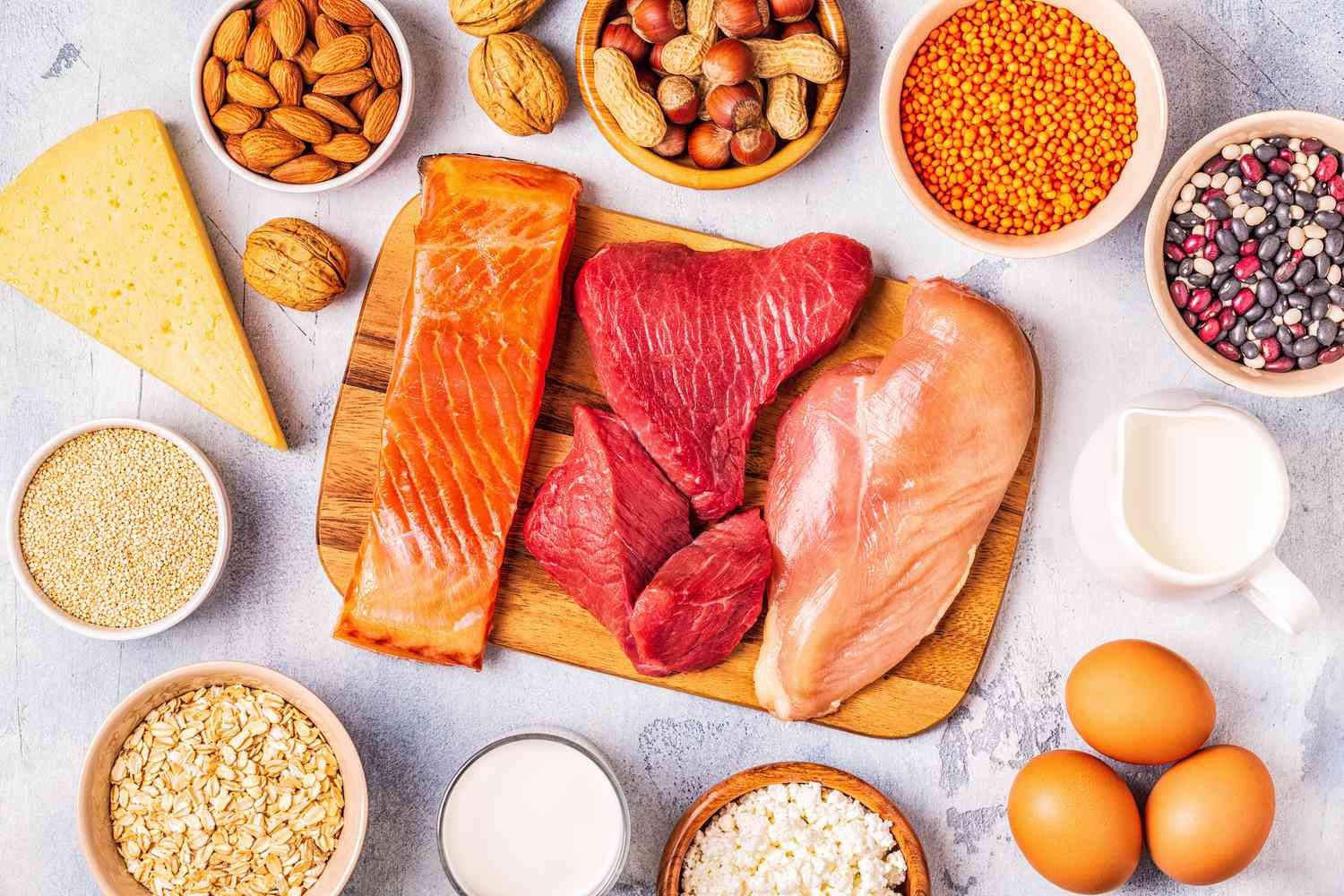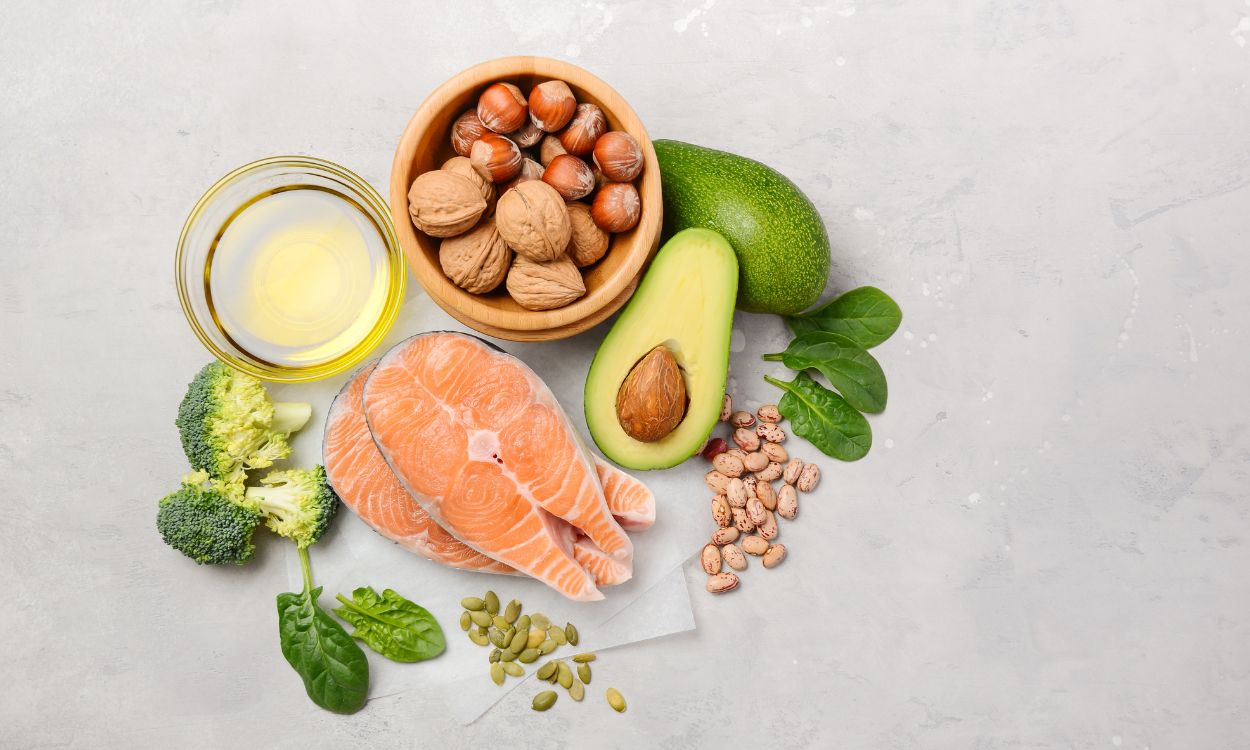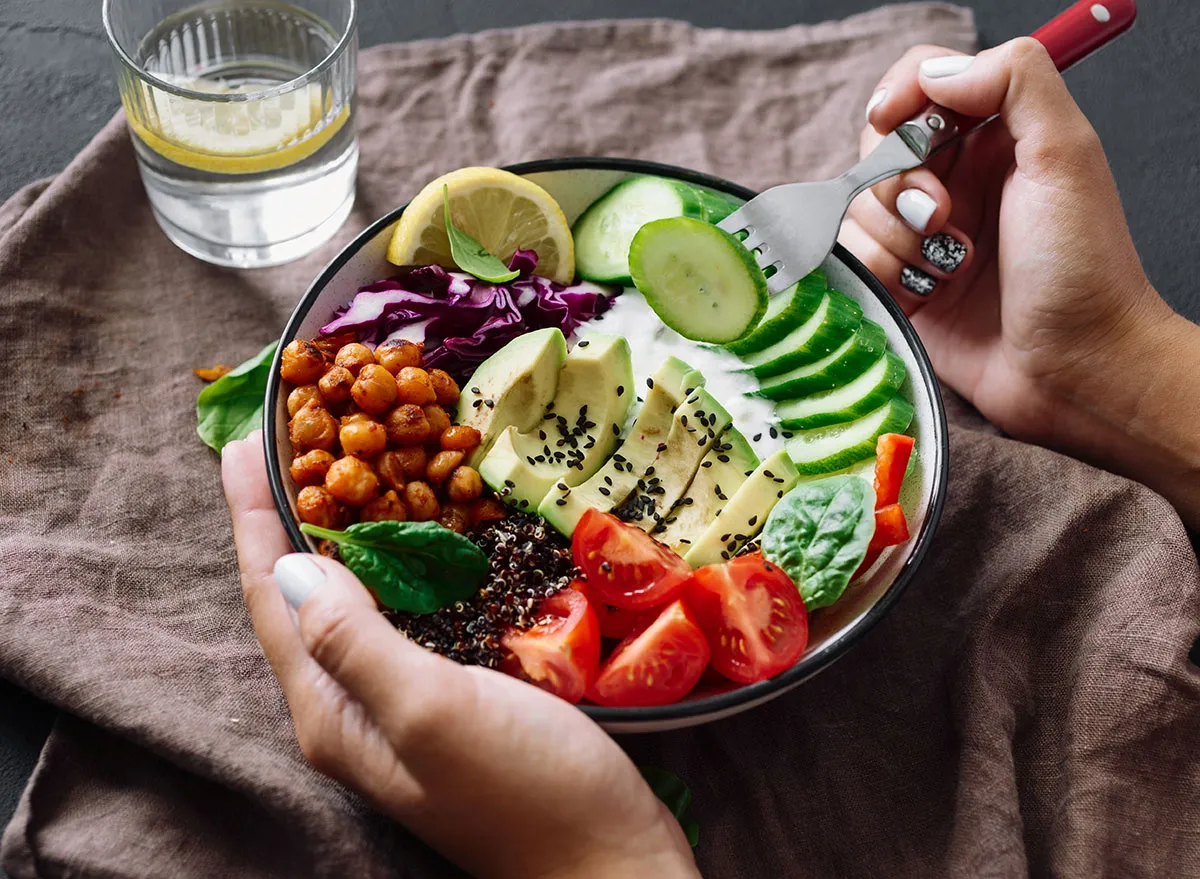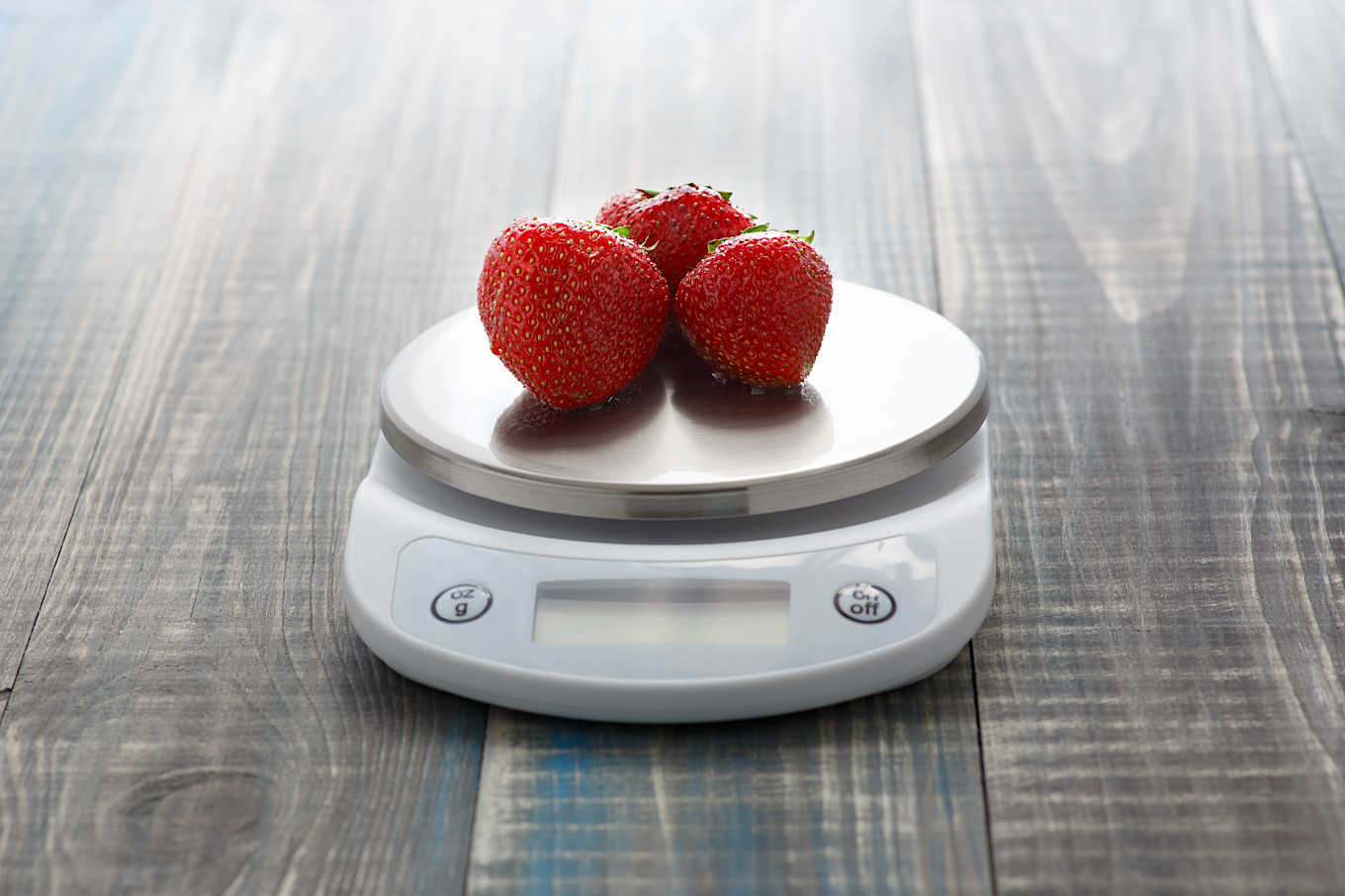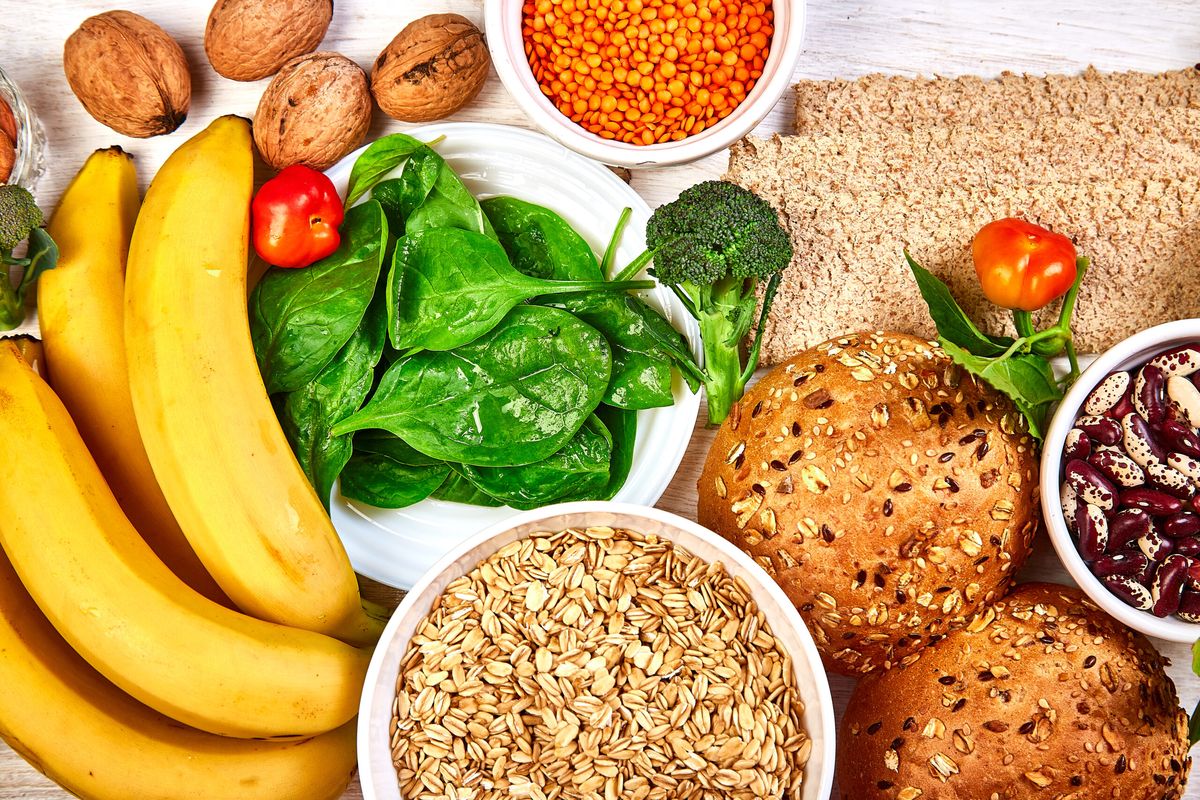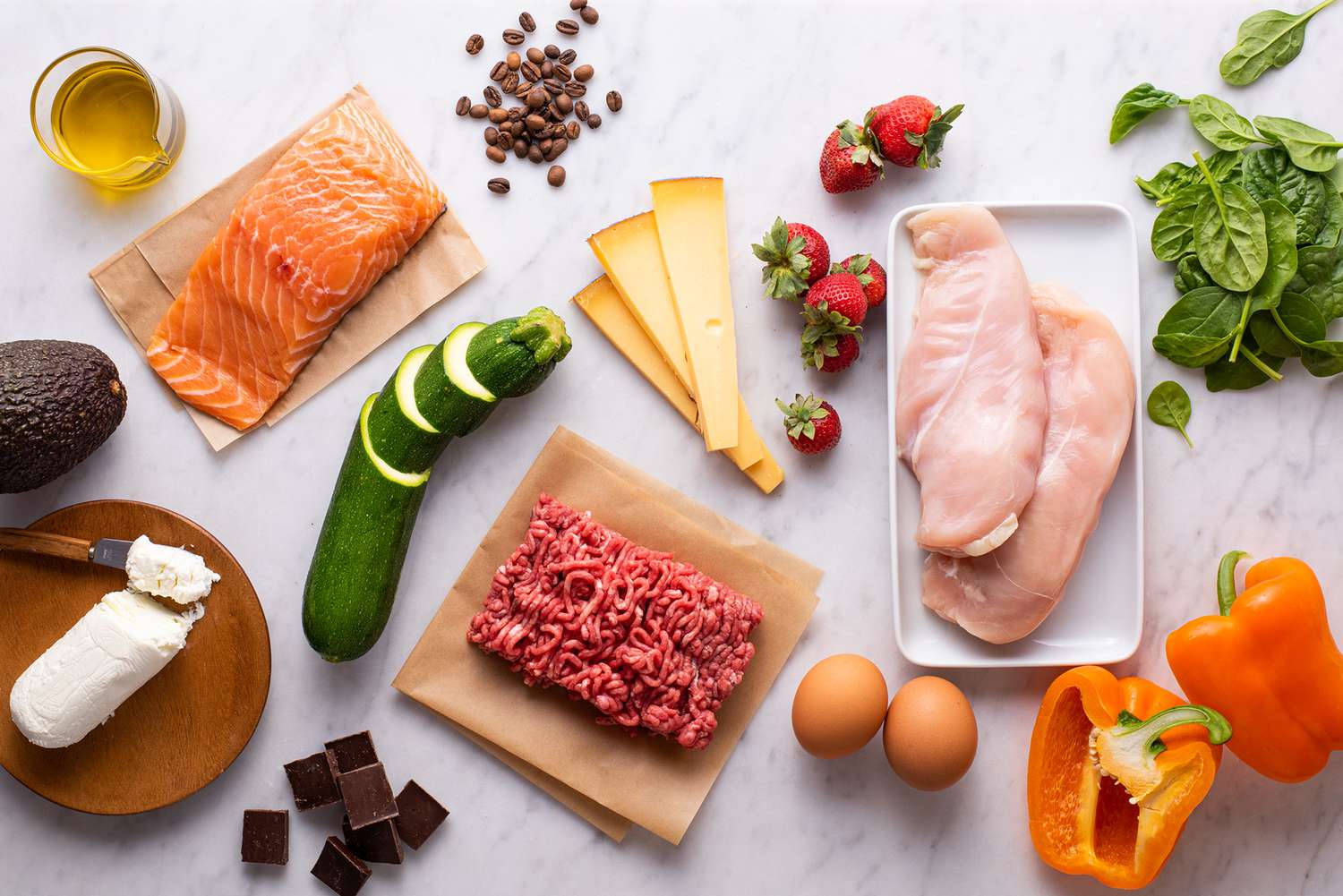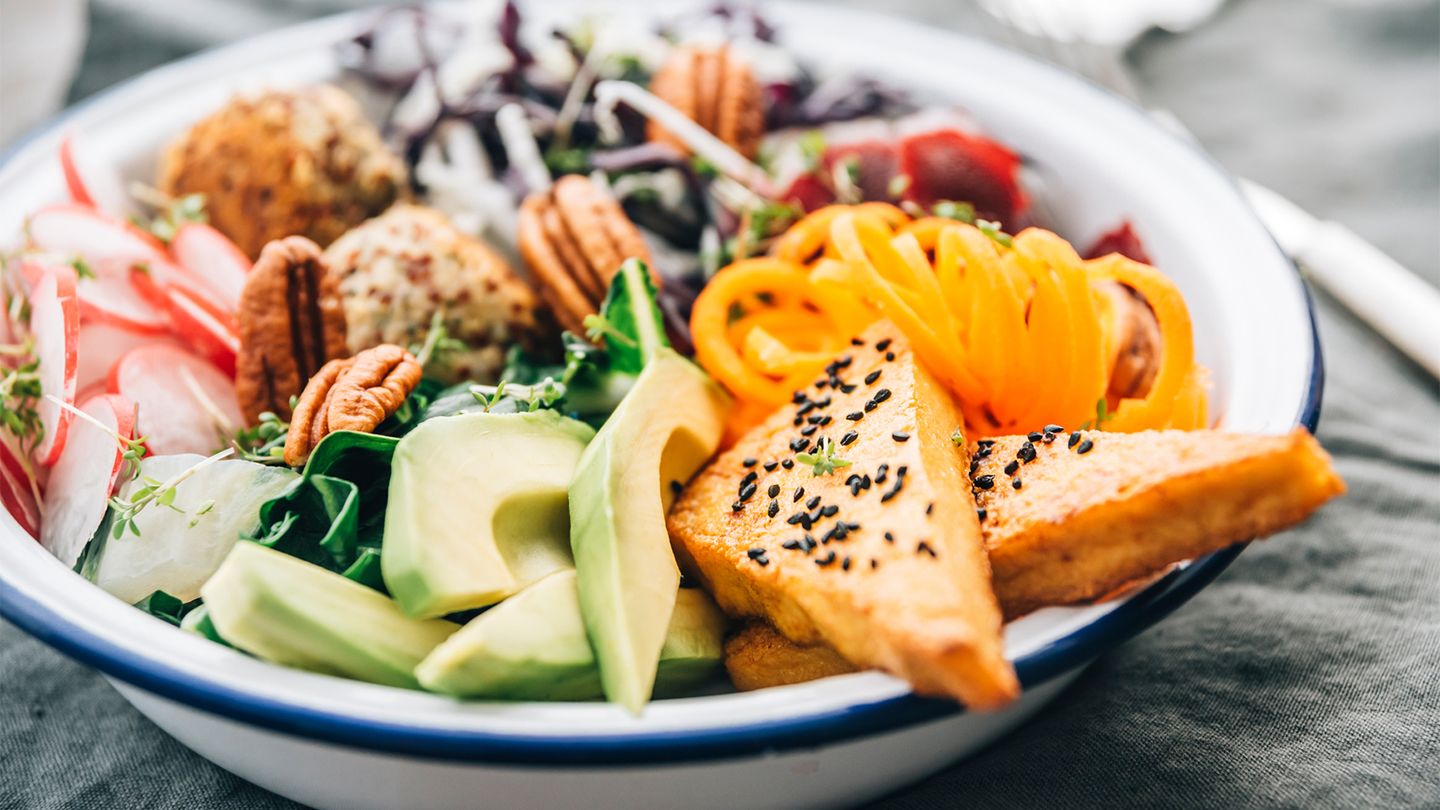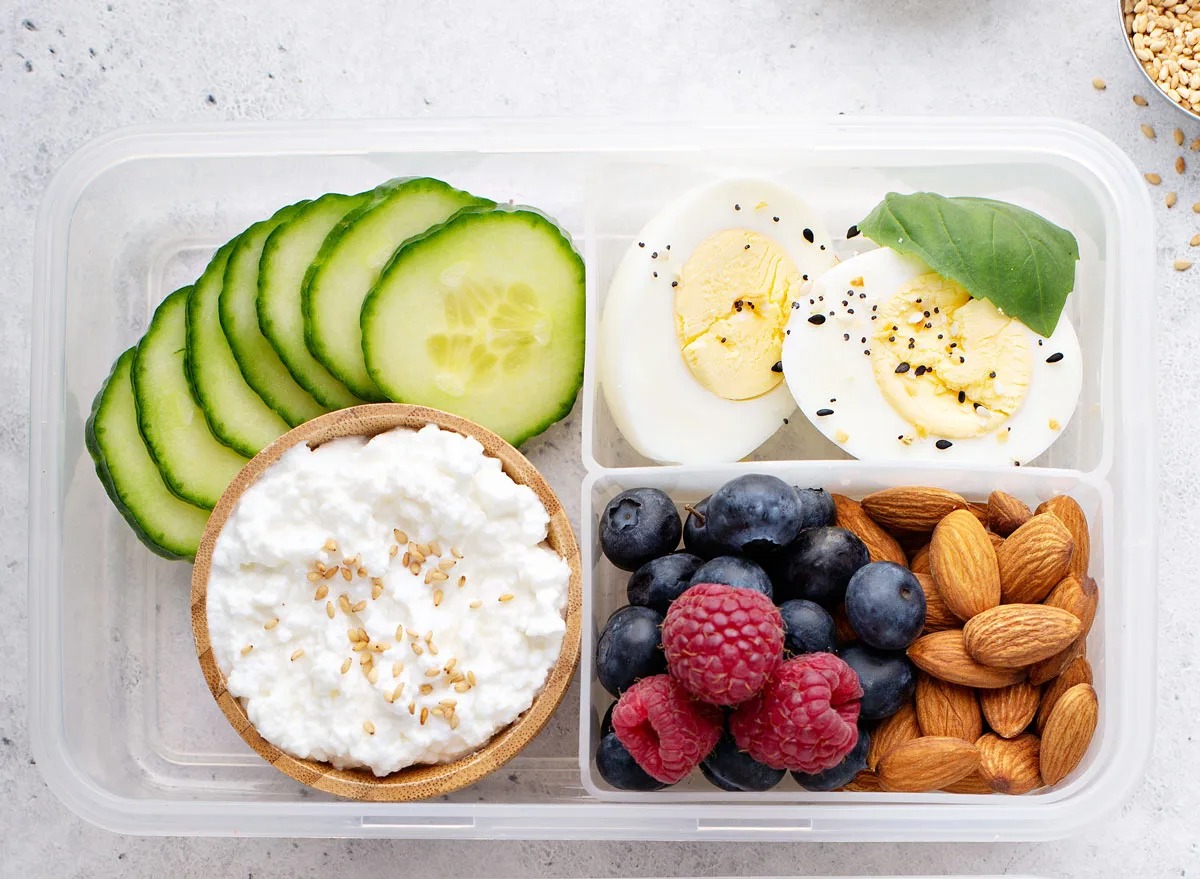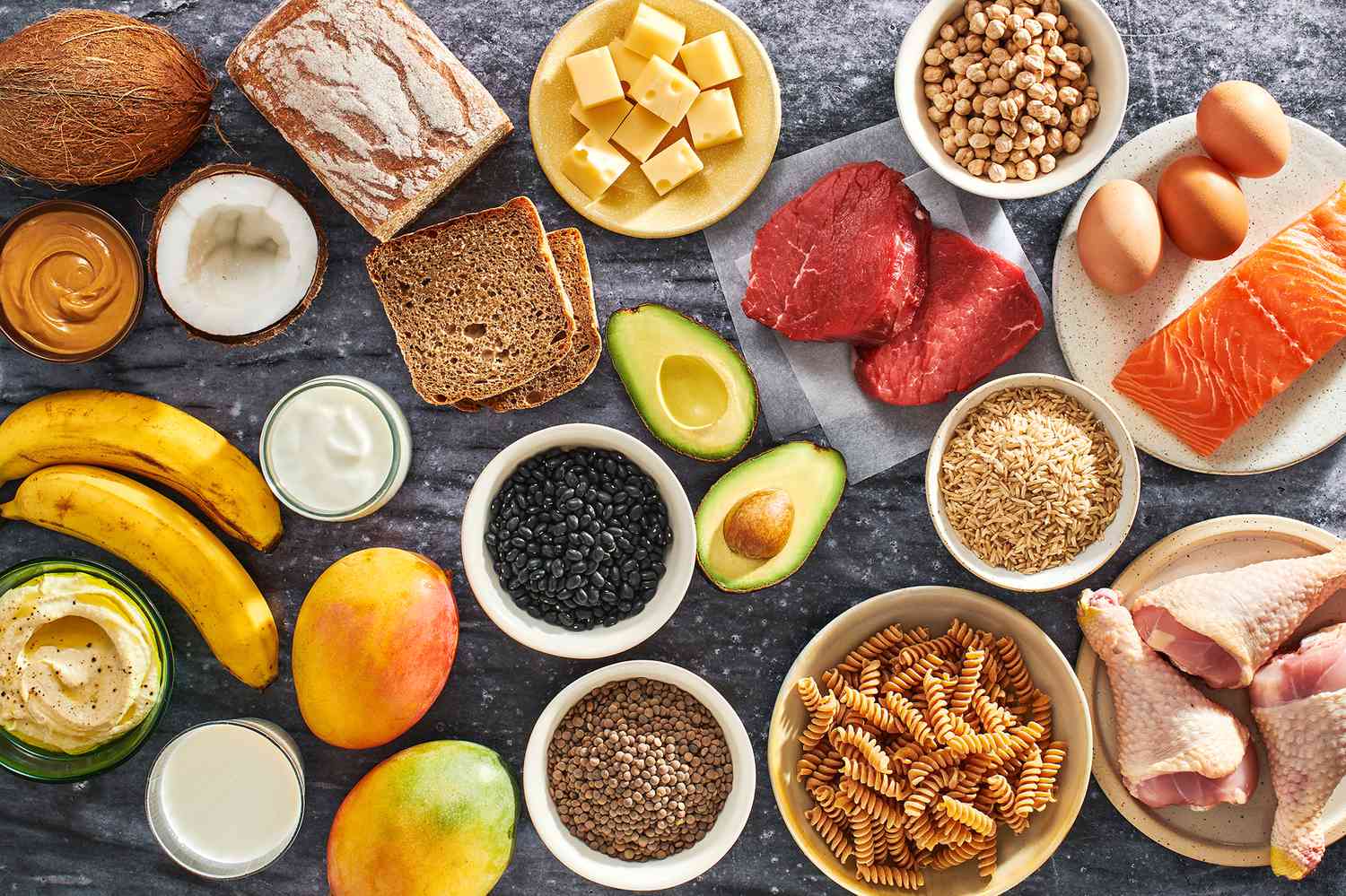How to Increase Your Protein Intake Without Consuming Excess Fat
Protein is an essential macronutrient that plays a crucial role in building and repairing tissues, supporting muscle growth, and maintaining overall health. While it’s important to consume an adequate amount of protein, many individuals are concerned about the potential fat content that often accompanies protein-rich foods. Fortunately, there are several strategies you can implement to increase your protein intake without consuming excessive fat.
Choose Lean Protein Sources
When aiming to boost your protein consumption while minimizing fat intake, opt for lean protein sources. These include:
- Skinless poultry
- Lean cuts of beef or pork
- Egg whites
- Low-fat dairy products such as Greek yogurt and cottage cheese
- Legumes such as lentils, chickpeas, and black beans
- Tofu and tempeh
- Seafood such as tuna, salmon, and shrimp
These options provide ample protein without the added fat content found in their higher-fat counterparts.
Watch Your Portion Sizes
While lean protein sources are beneficial, it’s important to be mindful of portion sizes to avoid consuming excess fat. Stick to recommended serving sizes and consider incorporating a variety of protein sources into your meals to ensure a balanced intake.
Incorporate Protein Supplements
If you struggle to meet your protein needs through whole foods alone, consider incorporating protein supplements into your diet. Whey protein, pea protein, and soy protein powders are popular options that can be added to smoothies, oatmeal, or yogurt to increase your protein intake without significantly increasing fat consumption.
Choose Low-Fat Cooking Methods
When preparing protein-rich meals, opt for cooking methods that minimize the use of added fats. Grilling, baking, broiling, and steaming are all excellent choices that allow you to enjoy the natural flavors of lean protein without the need for excessive oils or fats.
Read Nutrition Labels
When purchasing packaged protein foods or snacks, take the time to read nutrition labels. Look for options that are low in saturated and trans fats, and aim for products that provide a higher ratio of protein to fat.
Pair Protein with High-Fiber Foods
Combining protein-rich foods with high-fiber options can help you feel fuller for longer, reducing the likelihood of overeating and consuming excess fat. Consider pairing lean proteins with vegetables, fruits, and whole grains to create satisfying, nutrient-dense meals.
Conclusion
Increasing your protein intake without consuming excess fat is achievable with mindful food choices and portion control. By selecting lean protein sources, monitoring portion sizes, incorporating supplements when necessary, choosing low-fat cooking methods, reading nutrition labels, and pairing protein with high-fiber foods, you can optimize your protein consumption while minimizing fat intake. Prioritizing a balanced approach to nutrition will support your overall health and wellness.
Was this page helpful?
Easy trick for section 80g
Tax consultancy is important for the provision of tax assistance and solutions through a person to one more person, under a plan through which the setup provides for the payment of a cost or even other pay for that advice or even company. Our experts at ngo consultancy supply assistance as well as individualized taxation solutions along with a high degree of service for those who are actually looking for assistance on income tax issues like section 80g and 12a registration. A professional may offer a selection of services including preparing, assisting along with and supplying advise on tax return prep work or even declaring. Furthermore, for prepping, helping in and also delivering advice on estate organizing and also lastly on recommending on federal government and also condition regulatory requirements affecting taxes.
